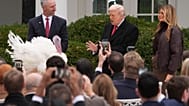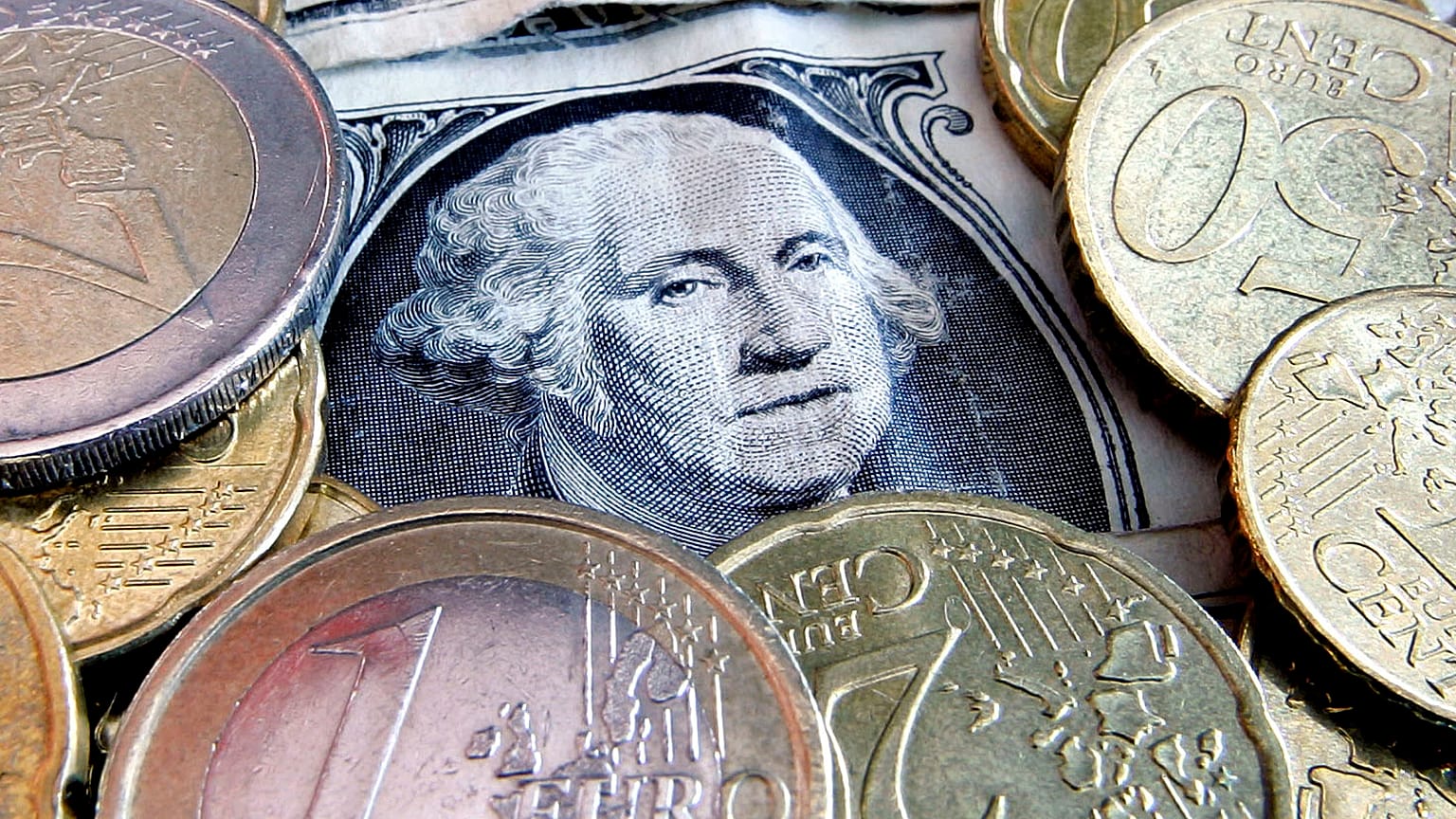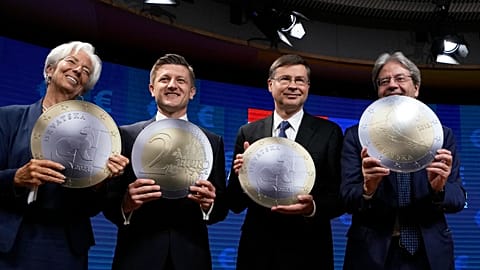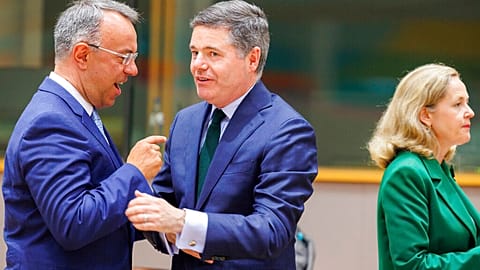The value of the common currency has plunged since Russia launched the invasion of Ukraine.
The euro and the dollar have reached parity for the first time in 20 years, signalling the market's assumption that the European economy is heading for a deep recession as a result of Russia's invasion of Ukraine.
Today, 1 EUR equals 1 USD.
The shift means European companies and consumers will pay more for the goods and services they import, while European exports become immediately cheaper in international markets.
The euro has experienced a dramatic loss of value since early February when it was worth over $1.13.
The fall accelerated in recent weeks as fear spread that Russia, the EU's main energy provider, was going to completely cut off gas flows in retaliation for Western sanctions.
So far, 12 EU countries have suffered a total or partial reduction in Russian gas.
Supplies from the Nord Stream 1 pipeline stopped earlier this week for a planned 10-day maintenance. It's unclear if the Kremlin will order the suspension to extend beyond that deadline and become indefinite.
"Let's prepare for a total cut-off of Russian gas. This is now the most likely option," Bruno Le Maire, France's finance minister, has said.
All eyes will be on the euro to see if it ends up falling below the American dollar. The last time this happened was in November 2002, when the euro was worth $0.99.
Since then, the euro enjoyed a steady rise, reaching almost $1.60 in the summer of 2008, when the Great Recession was wreaking financial havoc across the US.
But Russia's full-scale attack against Ukraine has turned the tables around, taking a heavy toll on the EU's economy. The invasion has upended energy markets and sent gas bills soaring to all-time highs.
The sudden shock has triggered record-breaking inflation across the eurozone, with an 8.6% figure in June, together with a gradual slowdown in economic activity.
The combination of both factors has brought back the spectre of stagflation, a dangerous mix that depresses growth while goods remain excessively expensive for consumers and companies.
The European Central Bank has already hiked interest rates in a bid to tame inflation and plans to continue doing so as the situation further deteriorates. But some analysts have criticised the ECB for moving too late compared to its counterparts in the US, the UK and Canada.
"Maybe on some level, parity of Euro versus US Dollar is just a number," Robin Brooks, chief economist at the Institute of International Finance (IIF), wrote on Twitter.
"But markets are made up of human beings who happen to care about levels, which gives parity a special psychological significance, not least since we haven't seen [parity] in 20 years. This is a big deal."
The euro-dollar parity comes as Croatia finalises the process to join the eurozone, becoming the 20th EU member state to adopt the common currency.
On Thursday, the European Commission is scheduled to present its updated economic forecast, which is expected to include a new downward revision.
For the time being, Brussels has carefully avoided making any clear-cut projections about an imminent recession and is still hopeful the eurozone can be resilient enough to weather the disruption from the Ukraine war and the energy crisis.


















